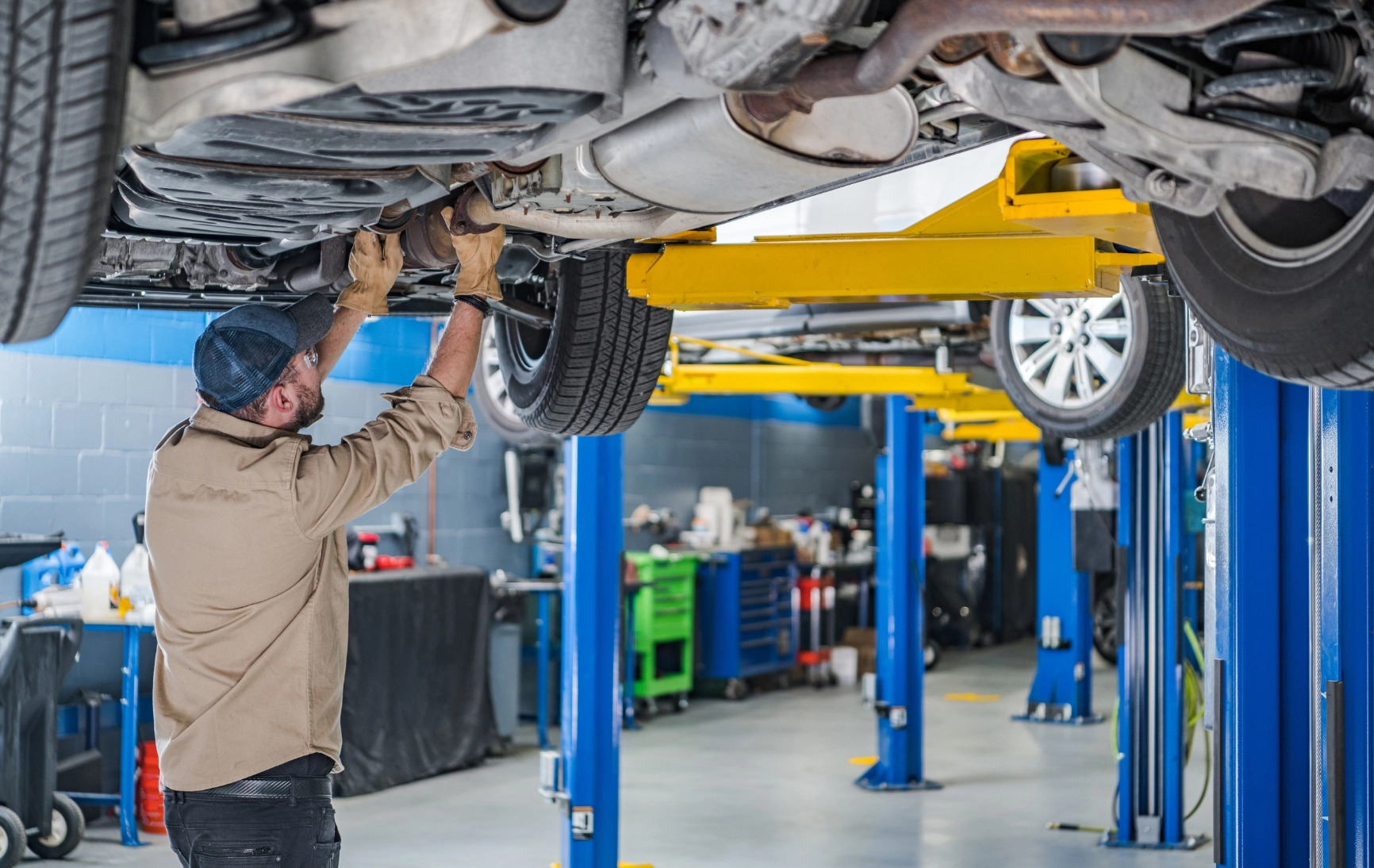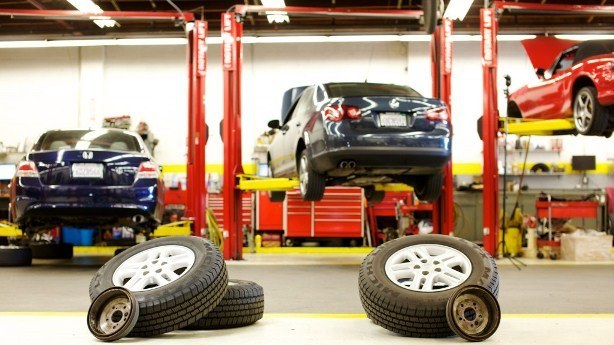All Categories
Featured
Your car's brakes are one of the most crucial elements in ensuring your security and the safety and security of others on the roadway. Normal brake evaluations are crucial to maintaining ideal braking performance and staying clear of pricey repair work. Whether you're an experienced vehicle proprietor or a new motorist, comprehending brake inspection standards can help you remain proactive about maintenance and guarantee your vehicle is always roadworthy.
- Why Brake Inspections Matter. Brakes go through consistent damage. The even more you drive, the much more rubbing your brake pads withstand, at some point resulting in decreased braking performance. Without proper evaluation, it's challenging to gauge when your brakes could be in demand of fixing. Routine brake checks help recognize concerns beforehand, avoiding possible failures that might place you at threat.
A well-maintained brake system guarantees fast, responsive quiting power, particularly in emergencies. It likewise helps prolong the life of your lorry, as overlooking brake maintenance can result in a lot more serious, costly problems later.
- Indications You Need a Brake Evaluation. While it's vital to have your brakes examined regularly, specific indicators may indicate that they require interest. Keep an eye (and ear) out for these warning signals:
Squeaking or Grinding Noises: Uncommon audios, specifically a piercing squeal or grinding noise, typically suggest that your brake pads are put on down. Vibration or Pulsation: If you really feel vibrations or a pulsing experience when pushing the brake pedal, it might be an indicator of warped blades or uneven brake pad wear. Decreased Brake Responsiveness: If your brakes really feel much less receptive or you need to push the pedal harder to slow down, it might indicate air in the brake lines or low brake fluid. Drawing away: If your car pulls away when stopping, it could suggest uneven brake pad wear or a brake fluid leak. Dashboard Caution Lights: Some automobiles have brake-related caution lights that show issues like low brake liquid or worn brake components. If you notice any of these symptoms, it's important to have a professional mechanic do a brake inspection as soon as feasible.

- What Takes place Throughout a Brake Examination? During a brake assessment, an auto mechanic will certainly examine several vital elements of the stopping system to make sure everything is in functioning order. Here's what you can expect throughout the process:
Brake Pads and Shoes: The mechanic will certainly evaluate the thickness of the brake pads or footwear. If they're also slim, they'll require to be replaced. Brake Rotors: Blades are the discs that the brake pads press versus to slow your auto down. They'll be looked for any kind of indications of wear, racking up, or warping. Brake Fluid: Reduced or infected brake fluid can hinder stopping performance. The technician will inspect the fluid level and top quality and top it up or flush it if necessary. Brake Lines and Hose pipes: Brake lines carry liquid from the master cylinder to the brakes. The technician will certainly look for any leaks, splits, or damage to make sure proper liquid flow. Brake Calipers and Wheel Cyndrical Tubes: Calipers and wheel cyndrical tubes push the brake pads versus the blades or drums. The technician will check for wear, leaks, and appropriate procedure. 4. Just how Typically Should You Have Your Brakes Examined? The frequency of brake inspections depends on factors like your driving practices, the type of vehicle you drive, and the environment in which you drive. As a general regulation, it's a good idea to have your brakes checked every 12,000 miles or yearly. Nevertheless, if you experience any of the caution signs mentioned previously, it is necessary to obtain your brakes checked immediately.
For those who often drive in rush hour, hilly surface, or extreme weather, even more constant assessments may be necessary.
- Value of Timely Brake Fixes. When you find a trouble with your brakes, it's important to resolve it right away. Delaying brake repair services can lead to even more significant damage to your stopping system, leading to higher fixing prices. In severe situations, neglecting brake issues can result in finish brake failing, which is a severe safety danger.
By remaining on top of brake maintenance and resolving issues without delay, you ensure that your brakes proceed to execute as meant, keeping you and your travelers risk-free when driving.
Conclusion: Maintain Your Brakes in Leading Forming. Brake assessments are a basic yet vital part of automobile maintenance. By recognizing the value of normal examinations, knowing the indications of brake concerns, and staying positive with fixings, you can ensure your automobile's braking system remains in optimal problem.
Latest Posts
Find Montclare Auto Repair’s Most Popular Auto Repairs and Why Drivers Choose Them
Shield Your Home with High Quality Residential Roof
Uncover Budget-Friendly Auto Repairs with Montclare’s Exclusive Service Specials
More
Latest Posts
Find Montclare Auto Repair’s Most Popular Auto Repairs and Why Drivers Choose Them
Shield Your Home with High Quality Residential Roof
Uncover Budget-Friendly Auto Repairs with Montclare’s Exclusive Service Specials
